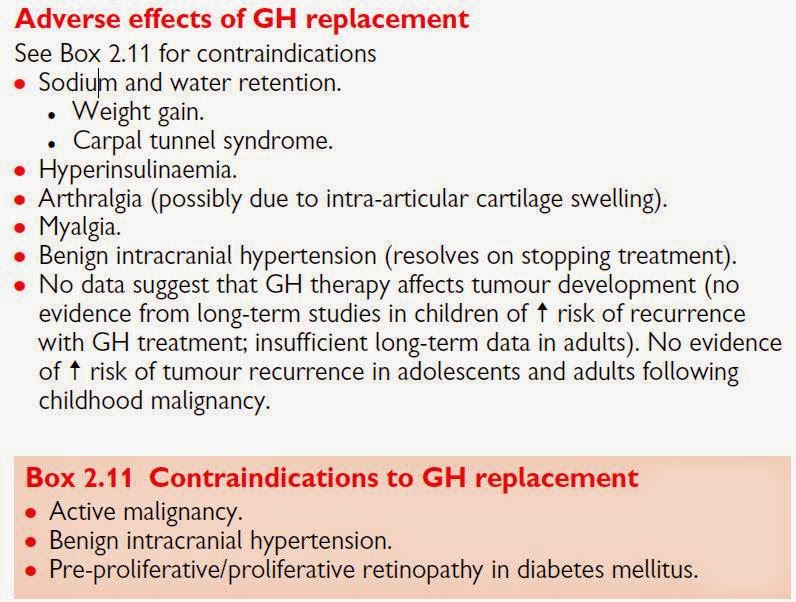ü 低鈣àPTH釋放àbone resorption, calcium reabsorption in the kidney, and increased
production of activated vitamin D in the kidneyà升鈣
ü PTH-mediated bone resorption is mediated by the RANKRANK ligand-OPG
system.
ü Hypercalcemia is an elevation of free, ionized calcium in the serum.
ü Levels <12 mg/dL are asymptomatic; levels >15 mg/dL may cause severe
symptoms. Rapidly progressing hypercalcemia is more likely to be symptomatic.
ü The two most common causes of hypercalcemia: primary hyperparathyroidism
and malignancy.
ü 原因:
² increased bone resorption
Ø PTH高: 80%是adenoma,還有hyperplasia, carcinoma, MEN
Ø CKD: 因為鈣低、Vit-D缺乏à2nd hyperparathyroidismàtertiary
Ø Malignancy:
u PTHrP: primarily in squamous cell carcinomas, can also be seen in cancers
of the kidney, ovary, and bladder. It is a frequent complication in lymphomas
associated with HTLV-1.
u Cancers with extensive skeletal metastases (multiple myeloma, breast
cancer): release of cytokines (TGF-b, IL-1, IL-6, and macrophage inflammatory
protein-1α) leads to osteoclast differentiation and inhibition of osteoblasts.
u Ectopic: carcinomas of the lung, thymus, ovary, and undifferentiated
neuroendocrine tumors
u lymphoma and some ovarian dysgerminomas: increasing 1-hydroxylation
of vitamin Dà higher 1,25-OH-vitamin D àincreased
calcium absorption
Ø Thyrotoxicosis: increased bone turnover
Ø Excessive intake of vitamin A (>50,000 to 100,000 IU daily): IL-6增加
Ø Prolonged immobilization
² Vitamin D-dependent mechanisms
Ø Chronic ingestion of more than 50,000 to 100,000 IU/day of
ergocalciferol (vitamin D2) or cholecalciferol (vitamin D3)
Ø Excessive or accidental ingestion of 1,25(OH)2D (calcitriol)àshould resolve within days.
Ø Granulomatous: conversion of 25(OH)D to 1,25(OH)2D by macrophages
² Milk–alkali syndrome: ingestion of milk or calcium carbonate, in the
treatment of dyspepsia or osteoporosis. à associated with metabolic alkalosis and renal insufficiency
² Other hormonal mechanisms
² Drugs:
Ø Thiazide: mild and transient (1 to 2 weeks)
Ø Lithium: shifts the set point for calcium
Ø Additional medications: estrogens, growth hormones, ganciclovir, omeprazole,
8-Cl-cAMP chemotherapy, manganese toxicity, foscarnet, hepatitis B vaccination,
theophylline
² Familial hypocalcuric hypercalcemia: 無症狀,heterozygous loss-of-function mutation in the calcium sensing
receptoràincreased set point for calcium homeostasisàmildly elevated PTH, hypocalcuria, and hypermagnesemia
² Miscellaneous other causes: adrenal insufficiency, pheochromocytoma,
pancreas islet cell tumors, rhabdomyolysis恢復期, aluminum intoxication(diminished osteoblastic activity and reduced
calcium incorporation into the skeleton)
ü S/S: Neuropsychiatric symptoms, arrhythmia, constipation, polyuria
and polydipsia, nephrolithiasis, Skeletal manifestations (osteoporosis or osteitis
fibrosa cystica)
ü 先抽iPTH
² 高à驗尿鈣: 如果FeCa<1%猜FHH,>1%猜primary hyperpara
² 低à猜惡性、驗Vit-D: 如果1,25OH高猜lymphoma、granulomatous,如果25OH高猜Vit-D中毒。如果Vit-D正常猜雜七雜八的東西。



